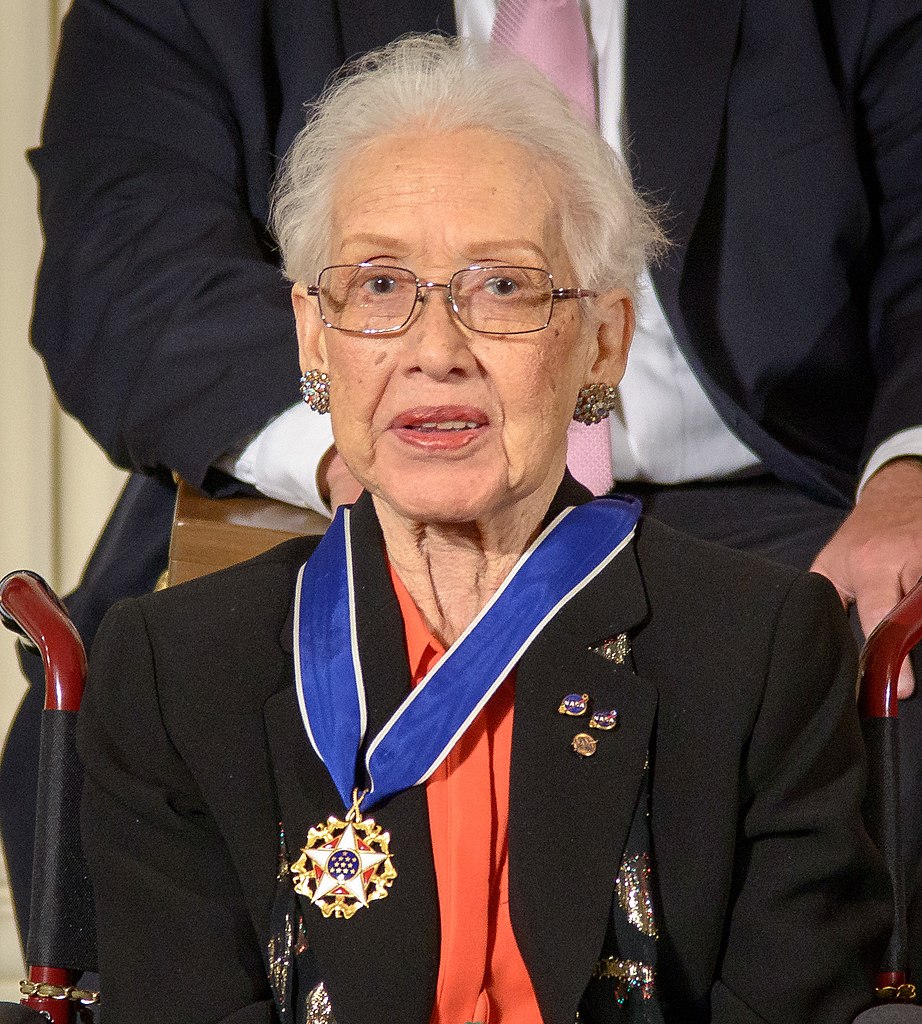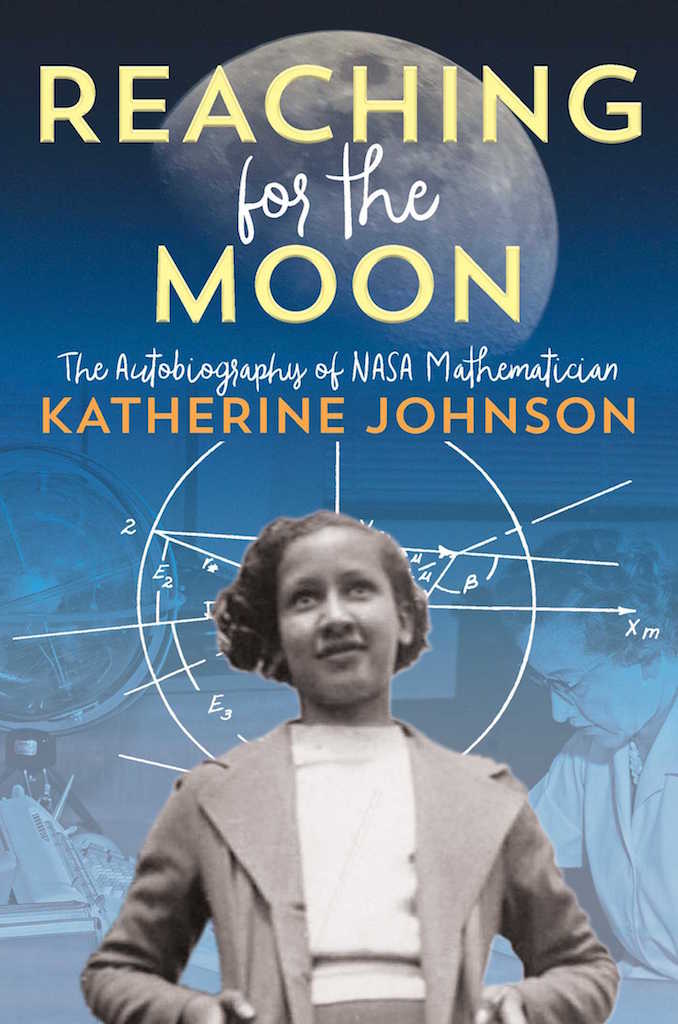Fairmont, West Virginia —(Map)
For years Katherine Johnson worked at NASA, doing math that saved lives. It took a long time for her work to get much attention. Now NASA has named two buildings for her.
Katherine Johnson’s parents knew she was smart, but there weren’t many chances for a young black girl to go to school back then. Ms. Johnson had to go to a high school 100 miles (160 kilometers) away from her home. She was a strong student, finishing high school at age 14 and college at age 18.

(Source: Ruhrfisch [CC BY-SA 4.0], via Wikimedia Commons.)
After college, Ms. Johnson studied even more math. In 1953, she found a job with a group that later became NASA.
Sending things into space safely takes serious math. Everything in space, including Earth, is constantly moving. Everything also has gravity, which pulls on everything else. Space travel requires difficult calculations in these areas and many others.

(Source: Based on: Amanda Phingbodhipakkiya [CC BY-SA 4.0], via Wikimedia Commons.)
When Ms. Johnson began working at NASA, modern computers didn’t exist. There weren’t even any handheld calculators. Complicated math was done using mechanical calculators or a tool called a “slide rule”.
Ms. Johnson was one of a group of African-American women who worked for NASA as “human computers”. In the 1950s and 60s, NASA became more and more active in space. Ms. Johnson and the other “computers in skirts” were kept busy checking and double checking the math, making sure that NASA’s space missions were successful.

(Source: NASA, via Wikimedia Commons.)
But the work of the women wasn’t appreciated for a long time. Back then, NASA was run mainly by white men. Black people had to use separate bathrooms and work in separate areas. Ms. Johnson helped change this.
Ms. Johnson’s skills were soon well-known inside NASA. In 1961, she helped calculate the path for the flight of the first American to go into space.

(Source: NASA, via Wikimedia Commons.)
As NASA began using electronic computers, many people didn’t trust the new devices. In 1962, astronaut John Glenn didn’t trust the numbers that the new computers gave for his important flight around Earth – until Ms. Johnson checked them.
Ms. Johnson worked for NASA for 35 years, earning five special awards during the years. In her time at NASA, things changed a lot. In 2015, she was honored by President Barack Obama with a Presidential Medal of Freedom – the highest award the US can give to someone who isn’t a soldier.

(Source: NASA/Bill Ingalls, via Wikimedia Commons.)
In 2016, Ms. Johnson and other black women at NASA became the subject of a popular book called “Hidden Figures”. The book was turned into a hit movie, which helped spread the story.
In 2018, Ms. Johnson turned 100. She has written the story of her life in a book for young readers called “Reaching for the Moon”, which will come out in September.

(Source: Simon and Schuster Books.)
To remember Ms. Johnson’s work, NASA has named two important buildings for her. The latest, the Katherine Johnson IV&V Facility, was renamed last Friday. The “IV&V” part of the name stands for “Independent Verification and Validation”. The name sounds complicated, but it describes an important kind of work that Ms. Johnson was famous for – carefully checking and double checking.
😕
This map has not been loaded because of your cookie choices. To view the content, you can accept 'Non-necessary' cookies.
